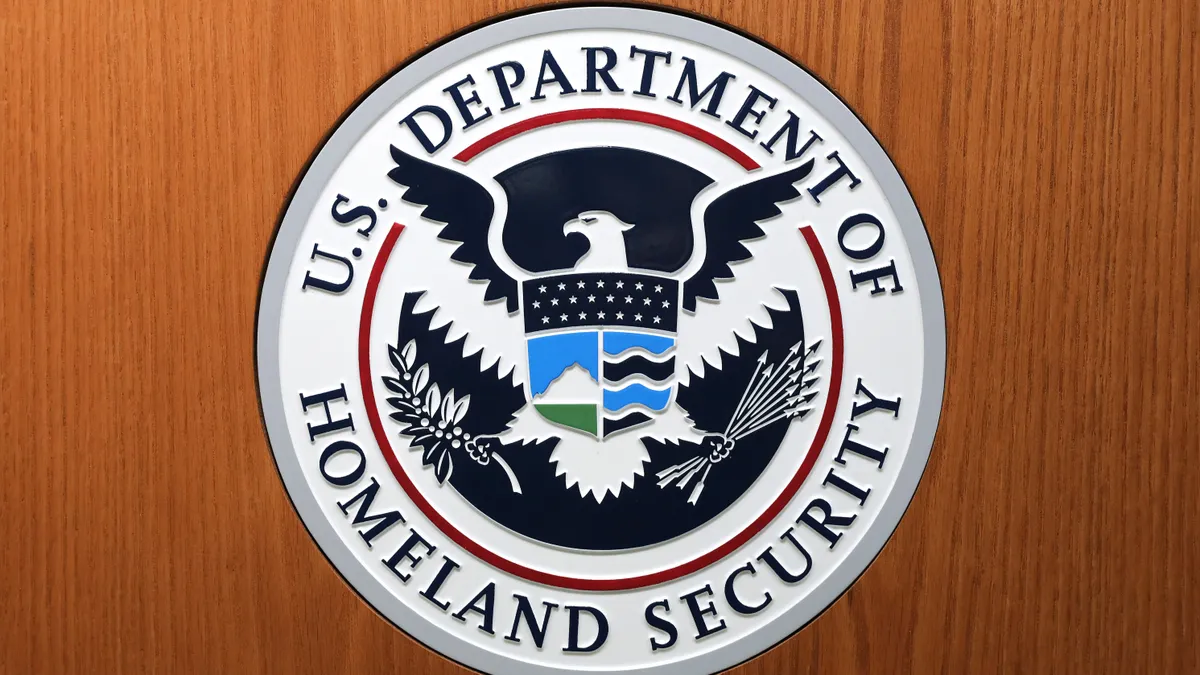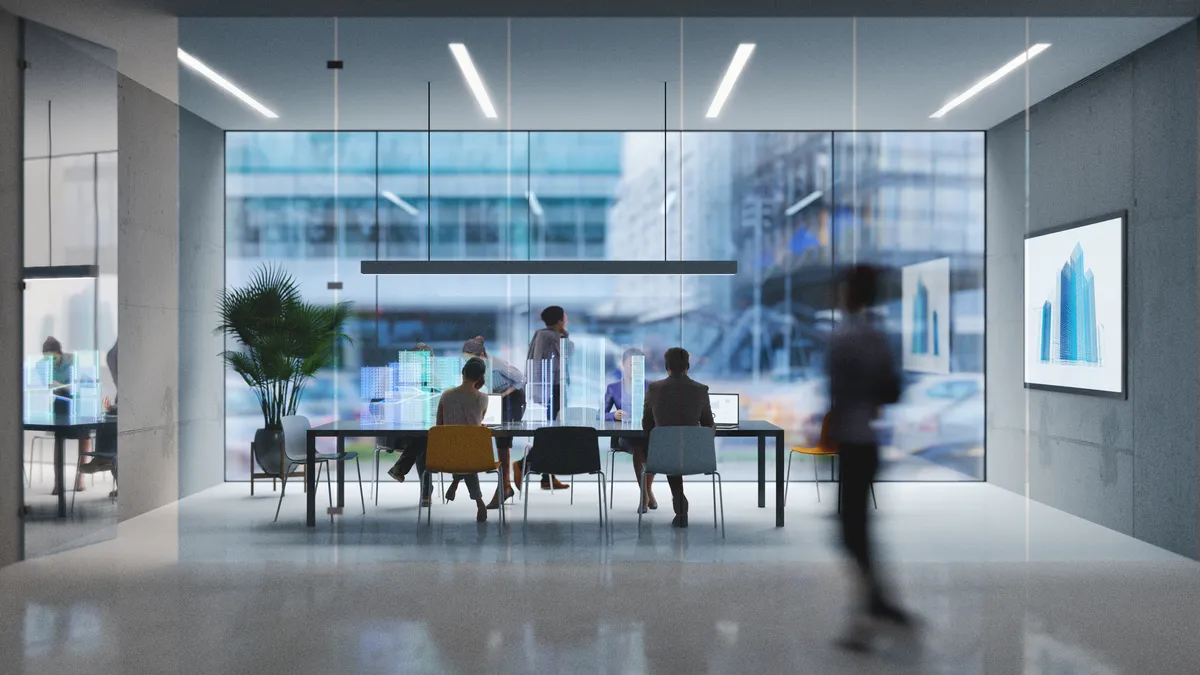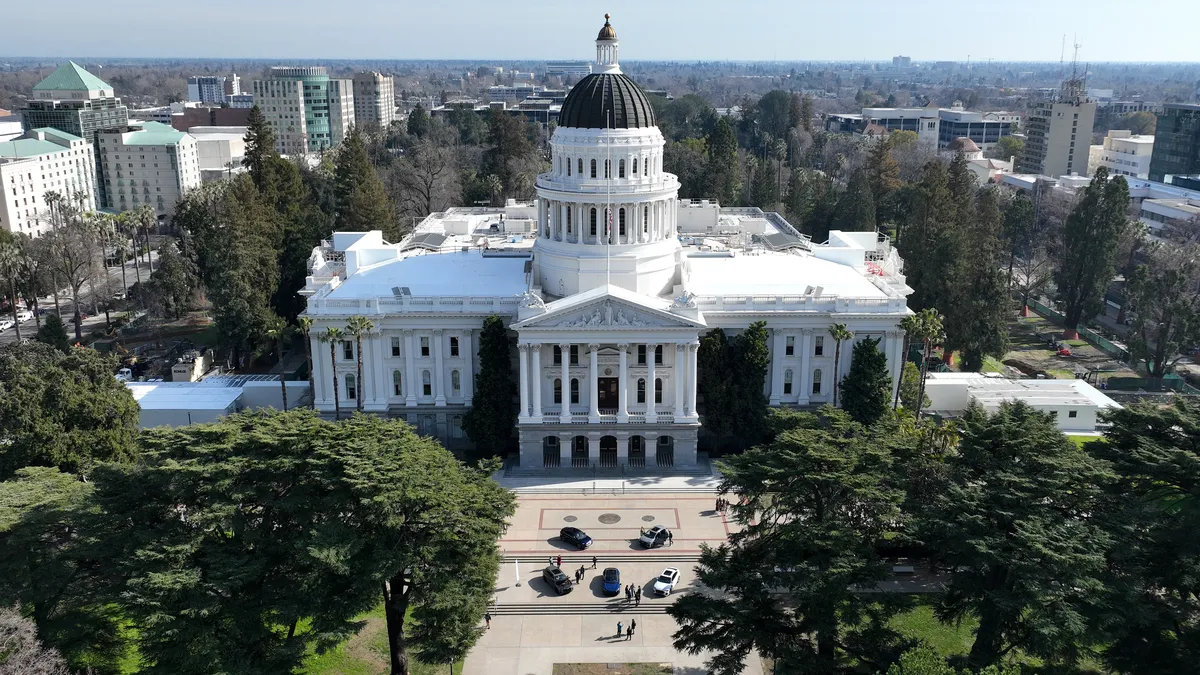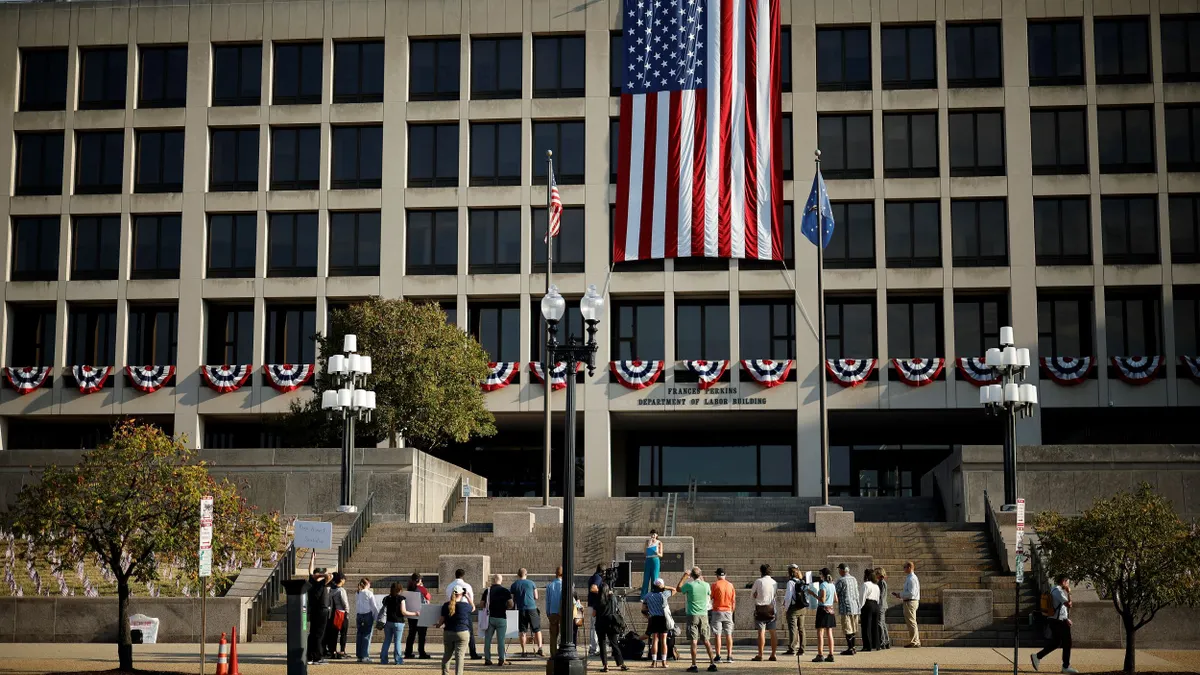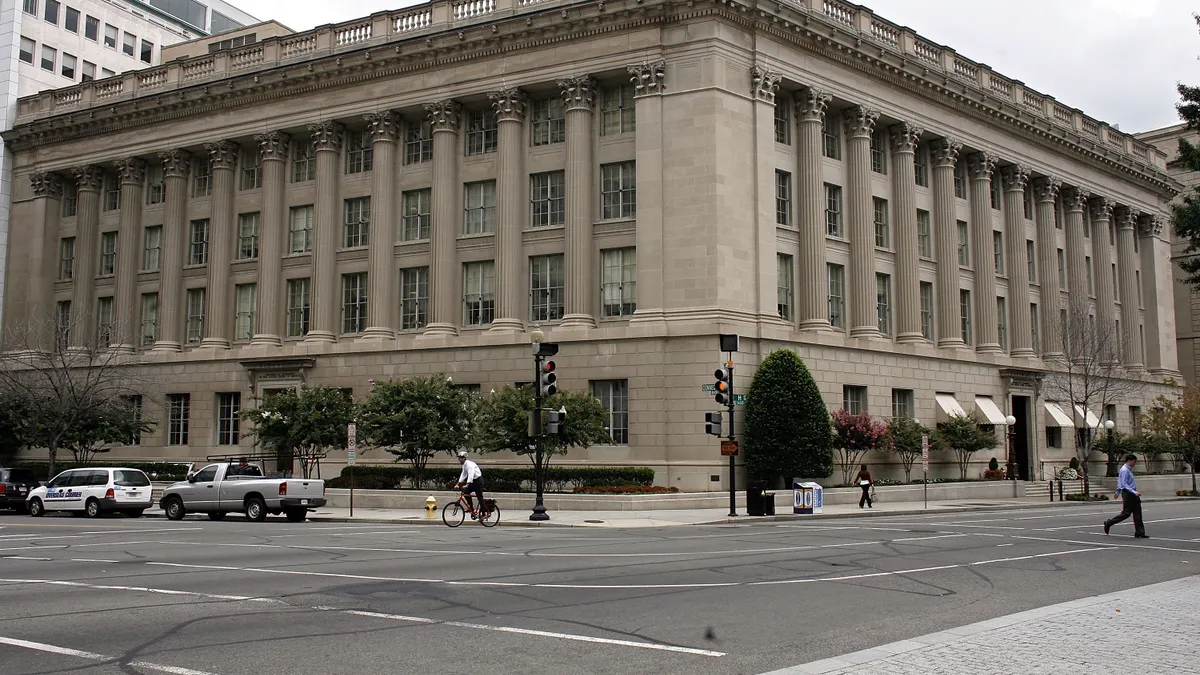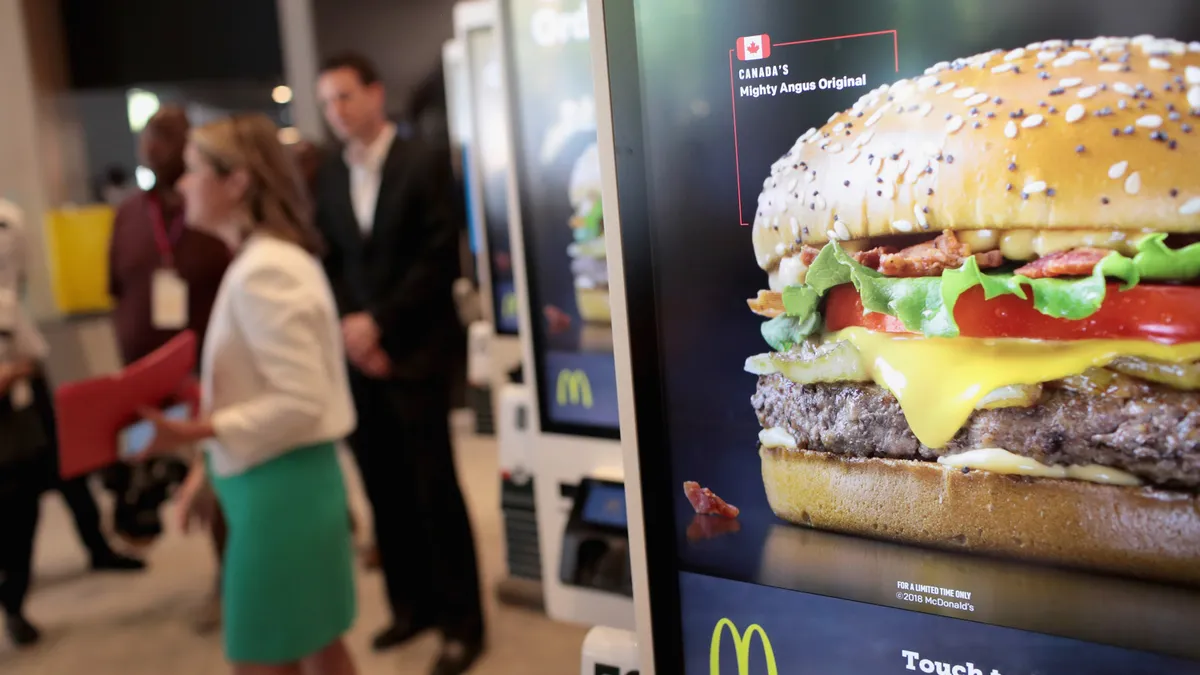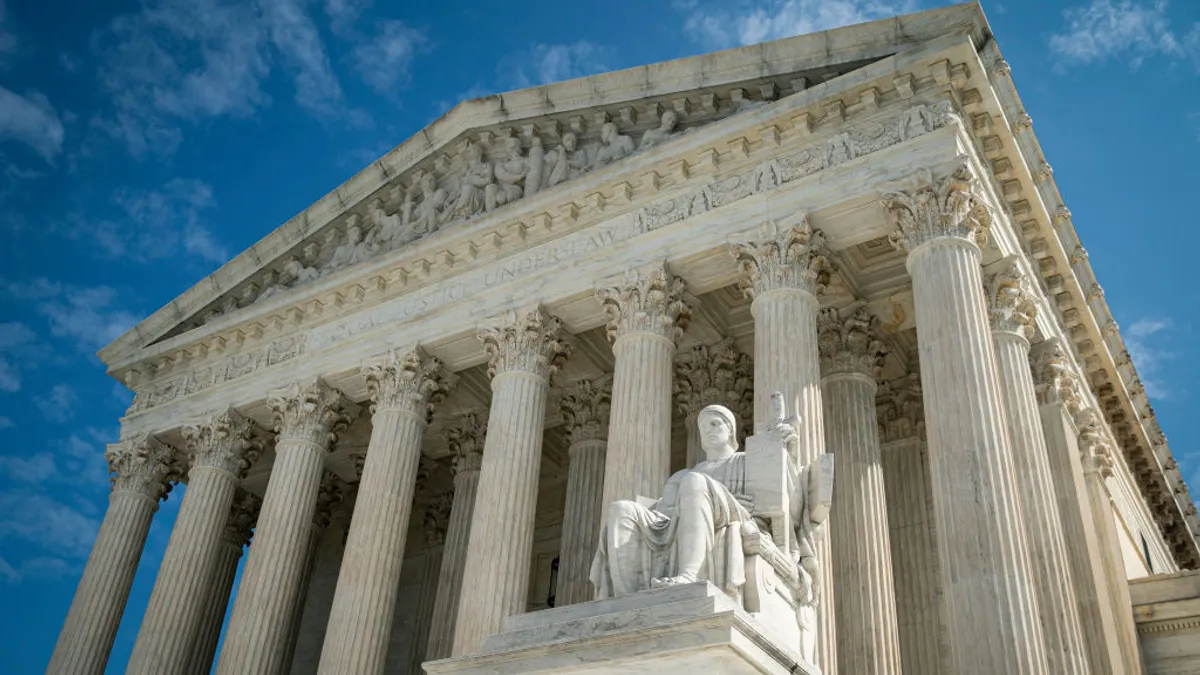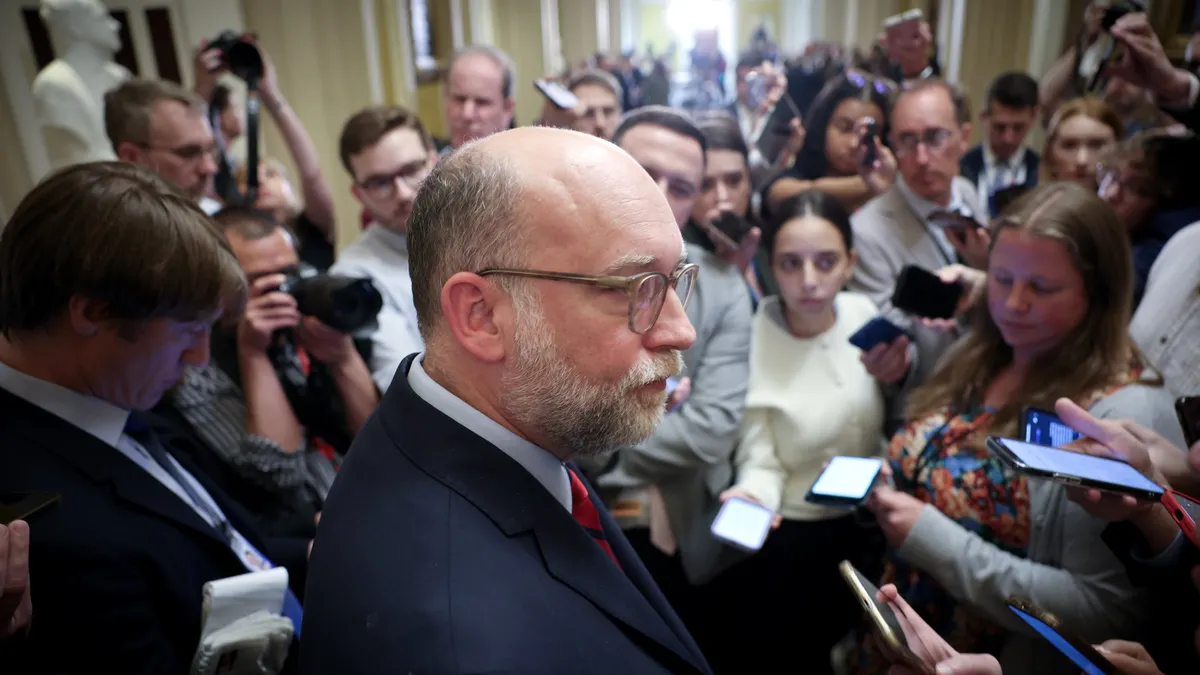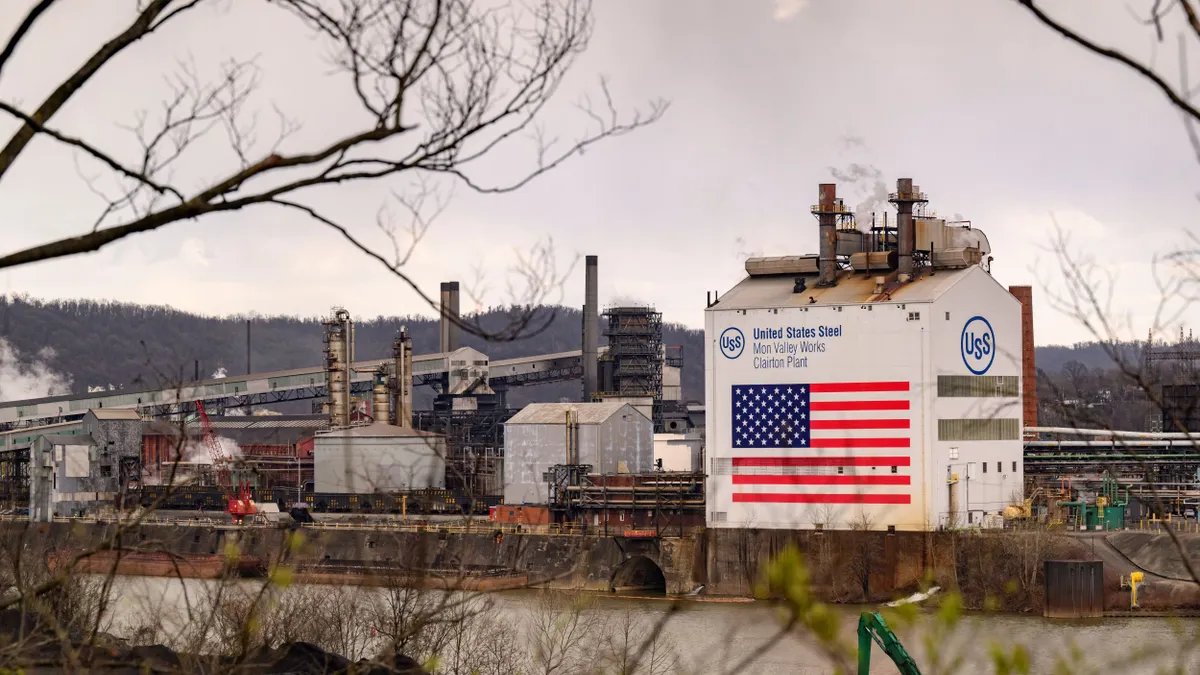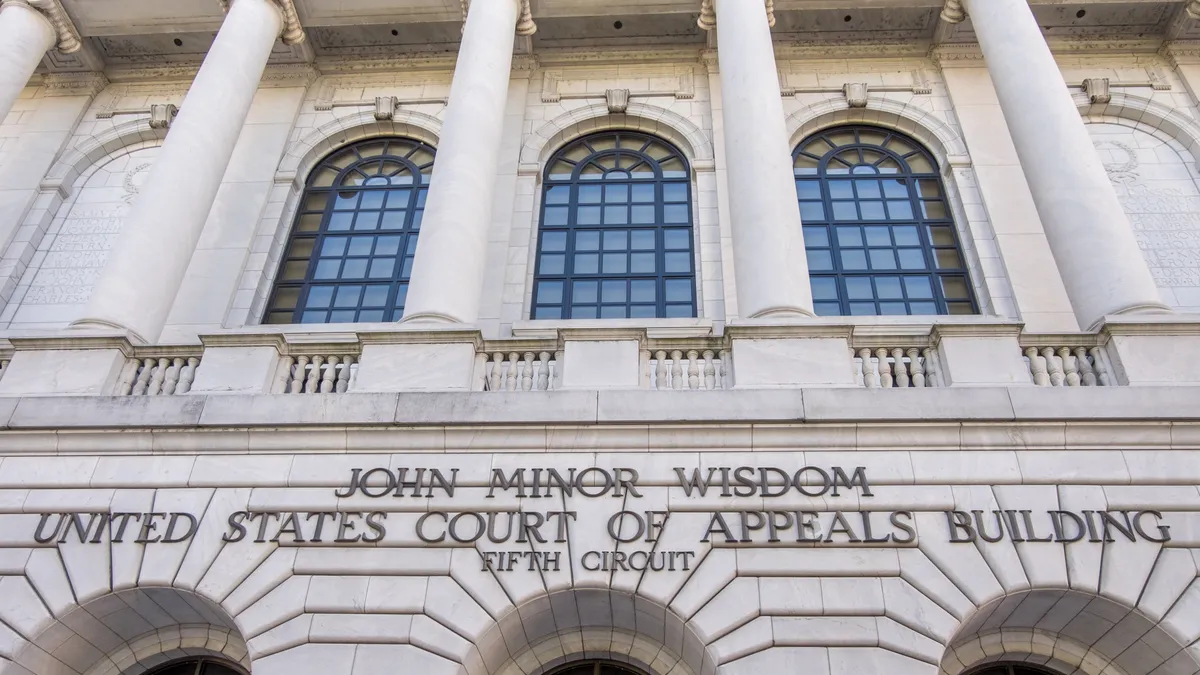While the first year of his term has largely focused on locking down both illegal and legal immigration, President Donald Trump caught employers by surprise last week when he announced changes intended to upend the H-1B nonimmigrant visa program — generally reserved for highly skilled and specialized foreign workers.
First, on Sept. 19, Trump issued a proclamation tacking a $100,000 fee onto petitions for H-1B visas, subject to some exceptions. Then, through the U.S. Department of Homeland Security, the administration proposed a new rule Sept. 23 that would more heavily favor petitions for higher-paid roles by allowing them more entries into a lottery system used by the department to award visas.
The first move in particular alarmed employers, who, based on the language in the proclamation, didn’t know whether their H-1B workers currently traveling overseas would be affected. Microsoft, along with some other companies, urged workers to come back to the U.S. before the proclamation was set to become effective Sept. 21.
By Sept. 20, the administration had calmed employers slightly by clarifying the proclamation did not apply to current H-1B holders, including those outside the U.S.
While that immediate question may have been answered, others linger in the wake of the announcements, Caroline Tang, shareholder at Ogletree Deakins, told HR Dive.
The entry restriction basis
Trump’s proclamation calls upon his authority as president to restrict entry into the U.S., bestowed by the Immigration and Nationality Act. A number of people who would qualify for an H-1B visa are not necessarily currently overseas, however, Tang noted.
Employers often hire recent college graduates, often in STEM fields, who are foreign nationals and are able to work for a period of time with a temporary work authorization based on a student visa, Tang said. In order to continue working for that employer, the employer then needs to apply for an H-1B visa.
The proclamation “was written to restrict entry,” Tang said. “But a foreign student who’s still here is not seeking entry from outside. … So therefore the question is, does this apply to them or not?”
Fee payment fogginess
Even the basic rule laid out by the proclamation — a $100,000 fee associated with the petition — is unclear in its language, Tang noted. Petitions must be “accompanied or supplemented by” the payment, according to the text, but the two ways of paying imply two very different situations: one in which an employer takes a risk, by spending a large sum simply to submit a petition, and another, in which an employer has a petition approved and then pays the fee.
“So the question is, does [the payment] have to be filed with the petition, or do we file the petition and then, if it’s approved, do we supplement it later, in some way?” Tang said. “Those are all … fuzzy details that haven’t quite been ironed out.”
The national interest exception
Trump’s proclamation does not apply to all H-1B visa petitions; employers in companies or industries that are “in the national interest and [do] not pose a threat to the security or welfare of the United States” are given a pass, according to Section (1)(c).
Which industries are these? It’s unclear, Tang said.
She pointed to exceptions made early in the COVID-19 pandemic, which she deemed the “closest analogy we’ve seen in previous contexts.” During that time, people could get around travel bans by applying for a national interest exception, as determined by the Secretary of State, the Secretary of Transportation, the Secretary of Homeland Security or their designees.
Critical infrastructure sectors tended to be prioritized, Tang noted, including critical manufacturing, the chemical sector, healthcare and energy, among others. “I think the national interest exception could be broader than these critical infrastructure sectors,” Tang told HR Dive.
On the other hand, information technology and other STEM sectors are included on the list of industries Trump specifically called out in his proclamation as exploitative of the H-1B visa option.
“Some employers, using practices now widely adopted by entire sectors, have abused the H-1B statute and its regulations to artificially suppress wages, resulting in a disadvantageous labor market for American citizens, while at the same time making it more difficult to attract and retain the highest skilled subset of temporary workers, with the largest impact seen in critical science, technology, engineering, and math (STEM) fields,” he wrote.
Legal threats loom
While employers wait for answers, things are “business as usual” in the wake of the chaos, Tang said. She emphasized that the H-1B program includes a relatively small portion of the workforce, with a maximum of 85,000 workers granted a visa each year. With the fiscal year 2026 cap already having been reached, employers likely must wait until next March to begin registering for the H-1B lottery, according to immigration law firm VisaNation.
Meanwhile, some in the business community have threatened legal action. The U.S. Chamber of Commerce explored members’ interest in a lawsuit challenging the proclamation, Bloomberg reported Sept. 24. Last Friday, the group sent an open letter to the Secretary of Commerce enumerating its concerns and attaching a list of questions.
“We believe it would be beneficial for the administration to rescind the proclamation” and “work with Congress to look at reforms to the H-1B program that could accompany an increase in the number visas annually available to meet the needs of our growing economy,” the Chamber wrote.



